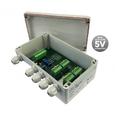Signal Conditioning
Mantracourt’s analogue output strain gauge signal conditioning modules offers a flexible solution for any analogue requirement.
High Speed (up to 6 kHz)
From miniature PCBs to panel instruments or bulkhead / DIN rail mounted units, Mantracourt can provide high speed (up to 6 kHz) and high stability analogue outputs in 0-10 V, 0-5 V, ±10 V, ±5 V, or 4-20 mA.
4-20 mA ATEX Intrinsically Safe
Designed to work in Zones 0, 1, 2 the device can be connected to ATEX approved equipment including strain gauges, load cells, pressure and torque transducers within the hazardous zone or to non-approved ATEX equipment outside the hazardous zone, with a suitable barrier.
PCB only versions of the signal conditioning modules are also available, giving OEMs the opportunity to integrate modules into their own systems, creating new products to their specifications.
Bulkhead
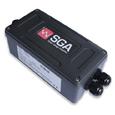
Strain Gauge Signal Conditioning for Load Cells
Bulkhead
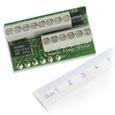
Bridge Completion Module for the SGA
In-Line
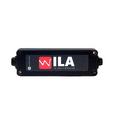
In-line Strain Gauge or Load Cell Analogue Amplifier
In-Line
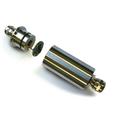
In-Line Housing for Load Cell Amplifiers and Digital Converters
ATEX Approved
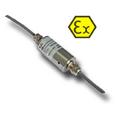
ATEX Certified 4-20 mA Load Cell Amplifier
Embedded
.jpg&w=115&h=115&far=1&bg=FFFFFF&hash=cd2c1f81ac950f6b55ee050ae1265c9f)
Miniature Strain Gauge Amplifier, Converts Load Cell to 4-20mA & 0-10V
Embedded
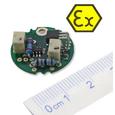
ATEX Certificated Miniature Load Cell Amplifier
DIN Rail & other
DIN Rail & other
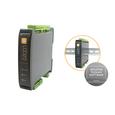
Load Cell DIN Rail Signal Amplifier
What is a Signal Conditioner?
A signal conditioner is a device that converts an electrical signal into another form of signal that is more useful to the user. Load cell signal conditioning may include amplification, attenuation, excitation, filtering and isolation.
Amplification
Generally, an amplifier is a device that converts a small signal into a proportionally larger signal.
Attenuation
Attenuation is the opposite of amplification.
Excitation
The external application of electrical voltage applied to a transducer for normal operation.
Filtering
Filters reject unwanted noise within a certain frequency range.
Isolation
Is used to break ground loops, blocks high-voltage surges and reject high common-mode voltage. This protects both the operators and the measuring equipment.















